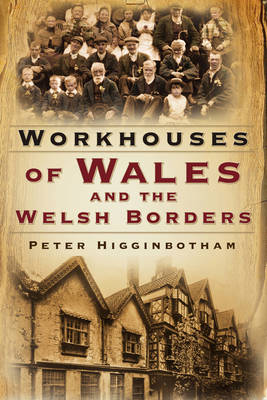
- Afhalen na 1 uur in een winkel met voorraad
- Gratis thuislevering in België vanaf € 30
- Ruim aanbod met 7 miljoen producten
- Afhalen na 1 uur in een winkel met voorraad
- Gratis thuislevering in België vanaf € 30
- Ruim aanbod met 7 miljoen producten
Zoeken
Omschrijving
A survey in 1776 recorded almost 2,000 parish workhouses operating in England, while the number in Wales was just 19. The New Poor Law of 1834, which created a system of Poor Law Union areas served by large workhouses, proved equally unattractive in Wales. In contrast to their English neighbours, some Welsh unions resisted the building of a workhouse until the 1870s.Our image of the workhouse has often been coloured by authors such as Charles Dickens. But what was the reality? And where were workhouses located? People are often surprised to discover that a familiar building, perhaps now turned into flats, or still forming part of a local hospital, was once a workhouse. This copiously illustrated book provides a guide to the workhouses set up across Wales and in the border counties of Cheshire, Shropshire, Herefordshire and Gloucestershire, some of whose unions straddled the Welsh border.
Specificaties
Betrokkenen
- Auteur(s):
- Uitgeverij:
Inhoud
- Aantal bladzijden:
- 316
- Taal:
- Engels
Eigenschappen
- Productcode (EAN):
- 9780750994880
- Verschijningsdatum:
- 1/05/2022
- Uitvoering:
- Paperback
- Formaat:
- Trade paperback (VS)
- Afmetingen:
- 160 mm x 236 mm
- Gewicht:
- 485 g

Alleen bij Standaard Boekhandel
+ 55 punten op je klantenkaart van Standaard Boekhandel
Beoordelingen
We publiceren alleen reviews die voldoen aan de voorwaarden voor reviews. Bekijk onze voorwaarden voor reviews.








